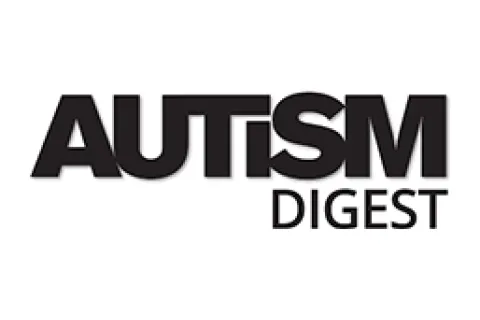Employment Models: Which Option is Best for You?
Employment Tool Kit
There are several employment models for you to explore. Options can range from competitive employment to starting your own business. This excerpt from the Employment Tool Kit will help you determine which model works best for you. When you are done, you can learn about service providers in these areas by reviewing best practice examples from across the country in the tool kit.
Competitive Employment
Competitive employment is full-time or part-time work in a business that pays at or above minimum wage and provides the same benefits that your co-workers enjoy. You are independent in your job and do not require or want employment supports.
Supported Employment
Supported employment is a service that can help you gain competitive employment in integrated work settings, and then provide ongoing support services to help you maintain your employment. Job coaches, co-workers, business supervisors, and mentors have all been utilized as employment supports for people with autism. If any of us are to experience personal satisfaction and quality of life, regardless of where we are on the spectrum, we must be given the opportunity and support to express our preferences. You should be directing the process by choosing your service provider, your employment specialist, and the specific support services that you may need to obtain and maintain employment. State VR programs can assist you with this process of identifying and selecting a service provider. They can tell you the level of education and certification of employment specialists, the types of jobs obtained by the organization, their experience working with people with ASD, their rate of pay, and longevity of employment. But you may need to ask!
To review best practice supported employment programs, visit this website: Vocational Rehabilitation and Autism Spectrum Disorders project.
Customized Employment
When your job skills and interests don’t exactly match a job that is available but you can perform many parts of the job requirements, you can consider talking to a potential employer about customizing the job. Customized employment is a flexible process designed to personalize the relationship between you and an employer in a way that meets both of your needs. It is based on a match between your strengths, interests and needs and the business needs of an employer. Customized employment uses an individualized approach to employment planning and job development — one person at a time and one employer at a time.
Customized employment can take different forms:
- Task reassignment: Some of the job tasks of current workers are reassigned to a new employee (maybe you!). This allows the other worker to focus on the critical functions of his/her job and complete more of what they need to get done. This can mean that a new job is created for someone like you – it can then be negotiated based on current, unmet workplace needs.
- Job carving: An existing job description is adjusted so that it contains some – but not all – of the tasks from the original job description.
- Job sharing: Two or more people share the tasks and responsibilities of a job based on each other’s strengths.
Self-Employment
Starting your own business can be exciting yet challenging. It’s important to research other companies that were started by people with disabilities to see what has worked. Autism Speaks has developed a promising practices guide for small business initiatives which you can find here.
To research the steps you need to take to start your own business, visit: Self-Employment Technical Assistance, Resources, & Training
The Small Business Administration (SBA) has targeted programs to assist individuals with disabilities in entrepreneurial initiatives. There are programs for starting a business, financing a business (with access to targeted loans and grants), and understanding tax information that are dedicated to assist people with disabilities. The SBA is also a great repository of resources and can direct you to related professional and trade associations. For more information about the SBA, visit their website.








